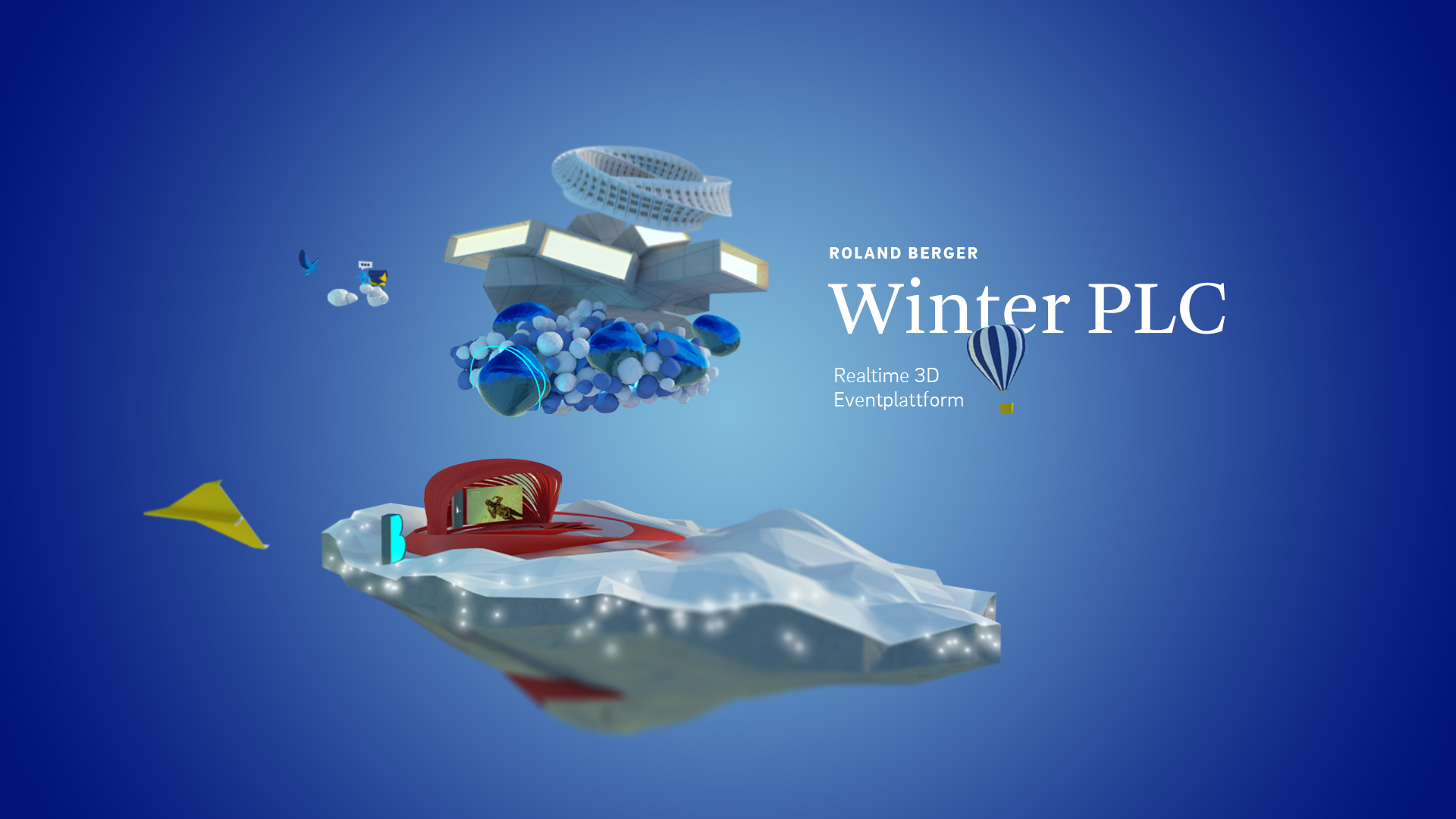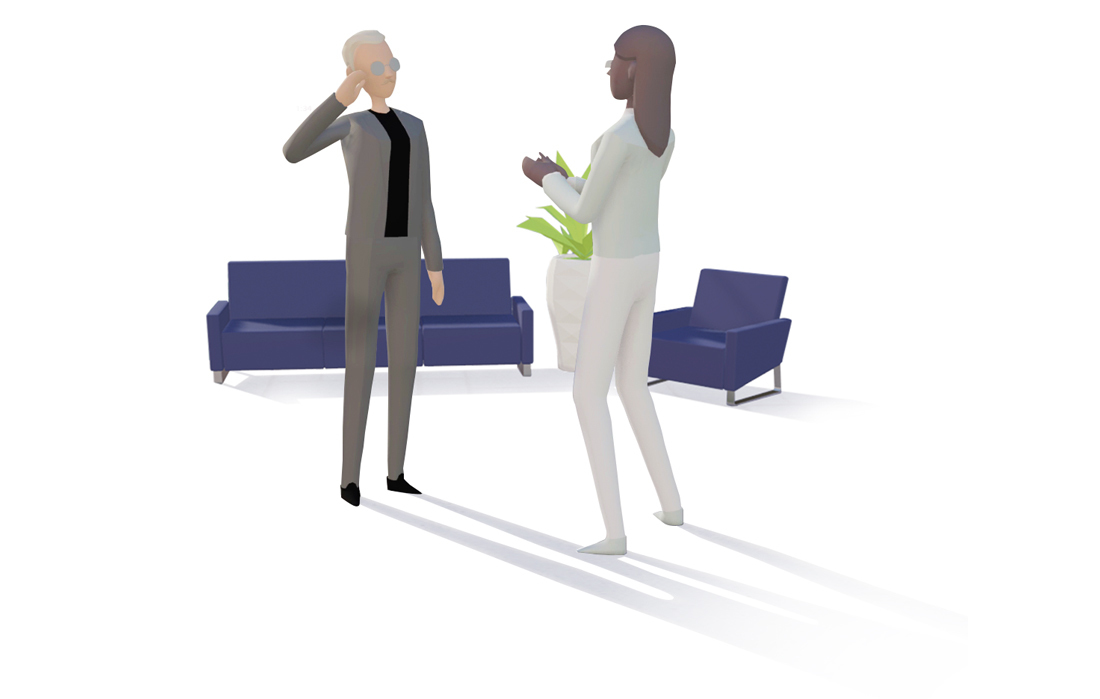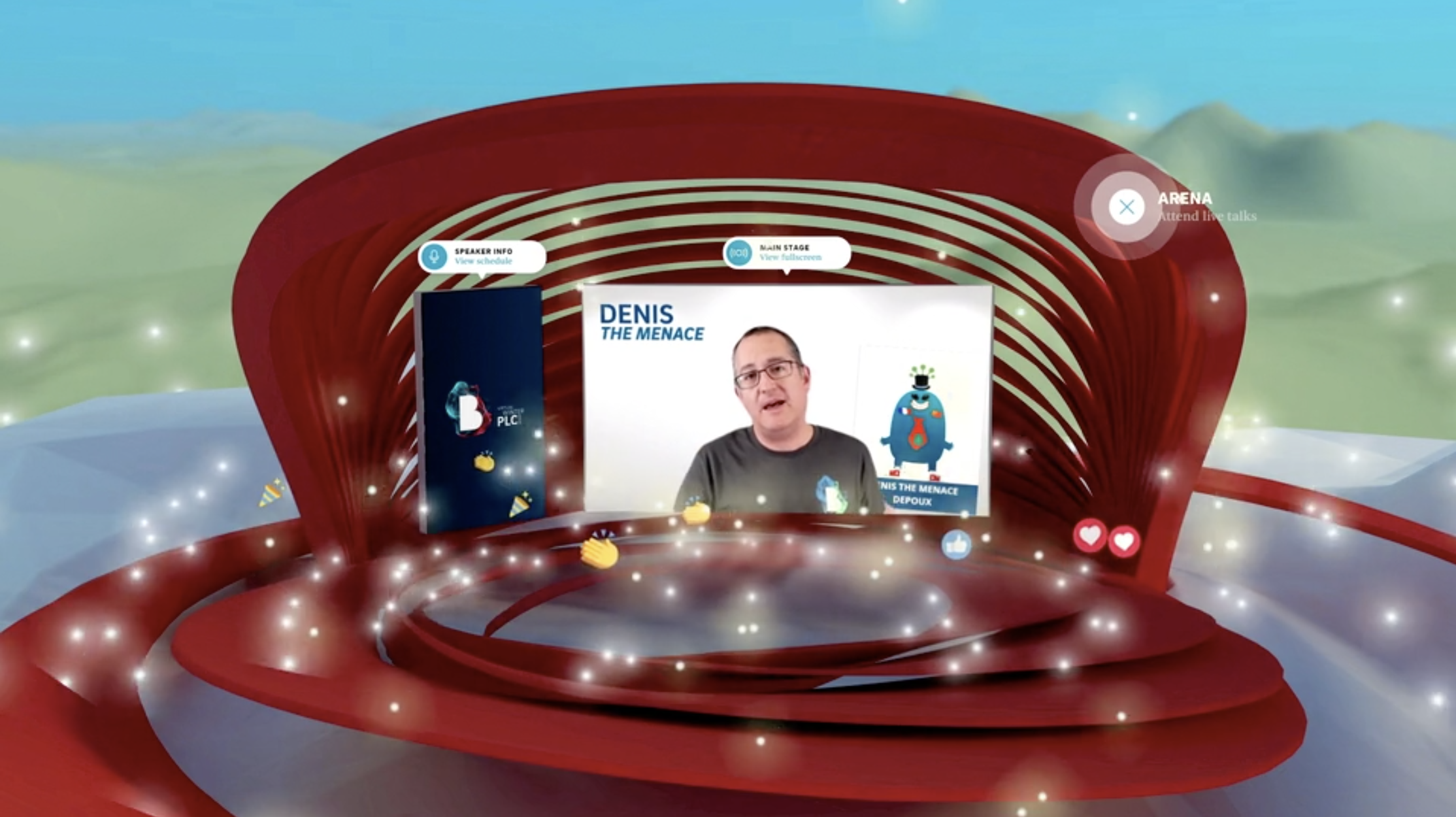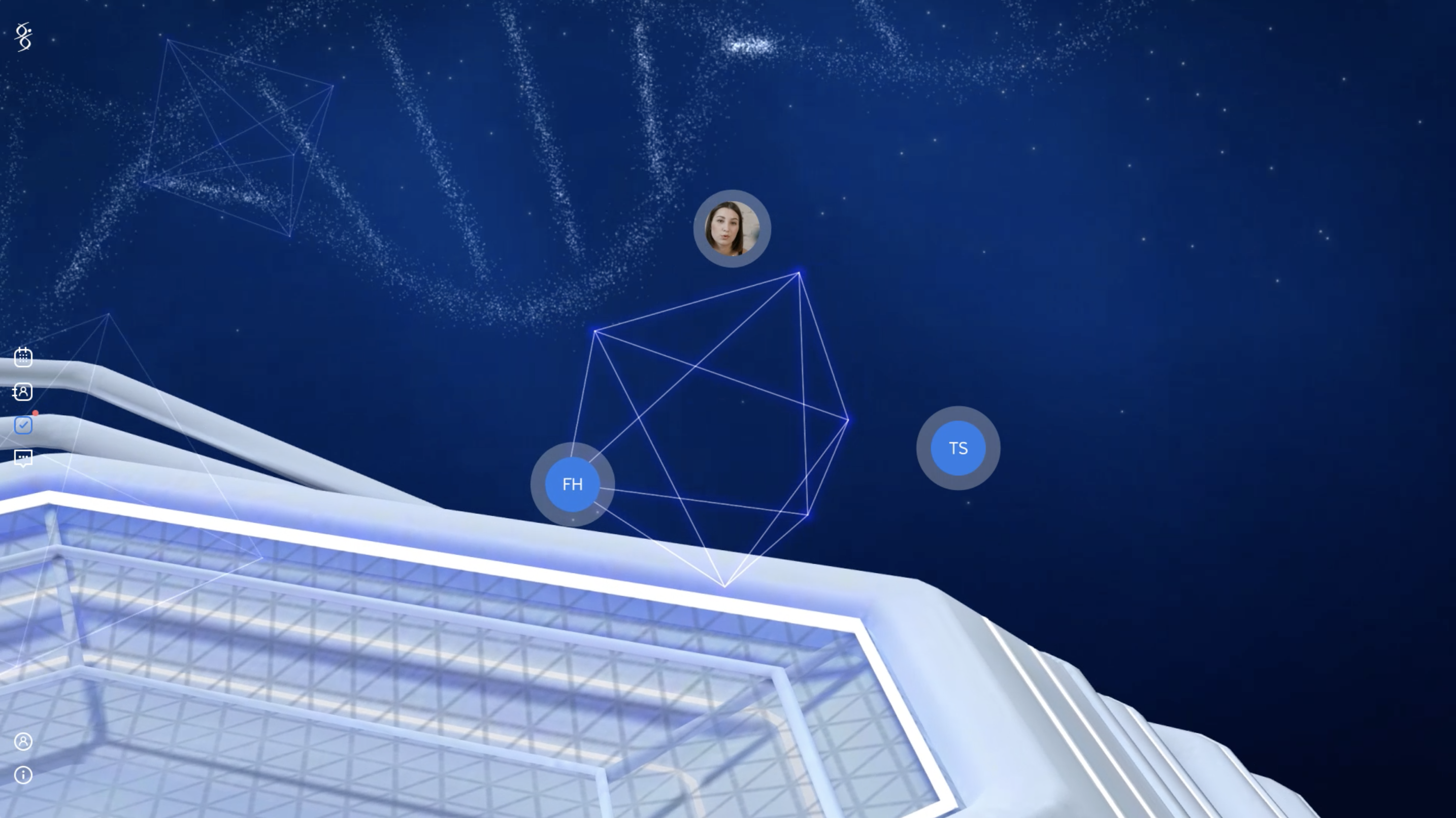
Virtual experiences: How to create a buzzing live experience?
Last year virtual experiences were in demand like never before. At Demodern we have developed quite a few of them since 2020 – from a virtual event platform over a showroom experience to a live festival space. Based on the focus of the experience, we create a custom made concept. Compared to offline experiences, virtual ones have their own advantages - so how do you get the most out of them and achieve to create a lively experience online?
Create an immersive experience
In order to keep user engagement high over a longer period of time, virtual experiences nowadays have to offer more than just a classic 2D interface. We therefore started thinking them spatially, so that an immersive and interactive world is created the user can dive into.
One major advantage is that virtually there are less limitations. Anything that cannot be implemented physically or only with a high budget is virtually possible: whether fancy objects, oversized product presentations or fascinating environments - pretty much anything is possible to create a world that inspires. Nevertheless, it is important to find the right balance between what is visually impressive in the virtual world and what is still understandable for the user. Analogue references can help in order to make functionalities more comprehensible.

Convey the sense of community
Having the impression of being alone on a platform feels pretty lonely. Our first approach in the conception of virtual experiences was therefore to work with avatars with which the users can freely move around. This is not about creating a second Sims or Second Life, but rather enable the participants to feel spatially close in the virtual space. Avatars reinforce the immersion of the user and also display their location on the platform in real time. As a result, a user can directly see where something exciting is currently happening on the platform.

Dance it off
With the virtual club environment that we developed for the DJ duo “Kollektiv Turmstrasse”, it quickly became clear that the main focus should be celebrating with friends. Therefore, users can not only move around with their avatar in the 3D-environment, but can finally dance again together with their friends. For this purpose we have created eight custom dance moves. So avatars are not just a style element, but an essential part of the experience.
A custom Brand Experience
A virtual experience also makes it possible to transport a brand in a much wider range than just via a trade fair booth. From the 3D-environment to the look and movement of the avatars to the lighting mood - everything is customizable and part of the brand. Also possible supporters or sponsors can be represented and integrated particularly well and flexibly in the virtual world.
Make it personal
Studies show that the acceptance of avatars by users increases significantly if they have designed them themselves beforehand. In our virtual showroom experience for LG we gave users numerous options to create their personal avatar. The customization supports users in expressing their own identity and individuality in the virtual world.
In addition, we have equipped the avatars with human gestures. These were extremely well accepted by the users and clearly supported the playful establishment of contact in the virtual space.

Buzz around
However, we noticed that the user representation via avatars does not work for every customer. For some, they are too playful or they don't seem suitable for the target group.
That's why we looked at alternatives. One approach is the representation via so called wisps, small glowing particles that float around in virtual space. Wisps are visually much more subtle and also make it possible to display large masses without the need for a huge 3D space. This makes them more efficient overall in terms of space and performance.

Engage the audience
In order to create a lively virtual experience, it is important to involve the audience.Interactive content lets the user become an active part of the experience and thus increases user engagement and ideally also their retention rate. Therefore, we looked which features we need to implement for the users so that they can participate from the comfort of their home.
The feature set naturally depends heavily on the orientation of the experience. Functions such as live emoji reactions or an event chat make it into almost each one of our applications. But also live surveys or interactive quizzes allow users to actively participate from home.
Inspired by platforms such as Clubhouse or Discord, we have integrated on-platform audio rooms into our latest virtual event experience. Thanks to its low entry barrier, you can recreate the short chat at the coffee stand or the discussion after a presentation in the speakers corner virtually. On average, users spent almost 10 minutes in our thematically predefined audio rooms.

Next level experiences
From our point of view, virtual experiences create new opportunities that offer value far beyond the pandemic. Our aim is never to replace the live experience on site, but to see how we can complement it as best as possible.
A clear advantage is certainly that we are way more flexible virtually. This applies, for example, to the number of participants in relation to the required premises and space requirements. In addition, users can participate regardless of their current location - this is how we manage to reach a global audience and even increase the range of the event.
Also the entertainment can be more varied. A virtual after-show party or a short yoga session during the break can be integrated for all participants.
With the right technical infrastructure, content can also be flexibly adapted during an event. Be it an agenda item that has changed spontaneously or a content that should be made available to the participants quickly.
In the end, the pandemic was only the driver to push the development of hybrid and fully virtual experiences forward.
The future of web is spatial
To some customers it was already clear at the beginning of the pandemic that spatial web experiences are more than just a hype - they will be the way how think browser-based experiences in the future.
They can also be extended via WebAR and VR and allow the user to interactively experience room set ups, products or 3D animations in their own living room - without any app download. Coupled with the development of cloud-based rendering via 5G, in the future everyone will be able to use high-quality real-time 3D environments regardless of their device. And the more authentic the representation of a 3D scene, the greater the user engagement.
Our key take-aways in a nutshell:
→ Interactive spatial web experiences create a more immersive feeling for the audience
→ The representation of users is essential in the virtual space, to create the feeling of being spatially close
→ Customization options for avatars support users in expressing their individuality in the virtual space
→ For a lively experience, it is important to actively involve users instead of just letting them consume passively.
→ A (supplementary) virtual experience offers more flexibility
→ WebAR and VR can interactively extend the user experience

